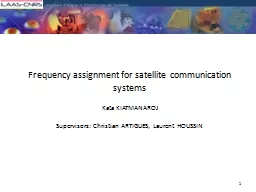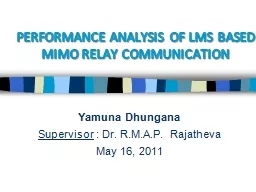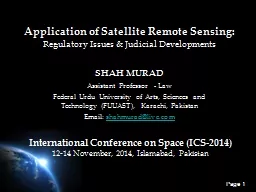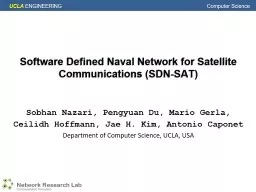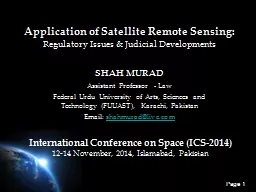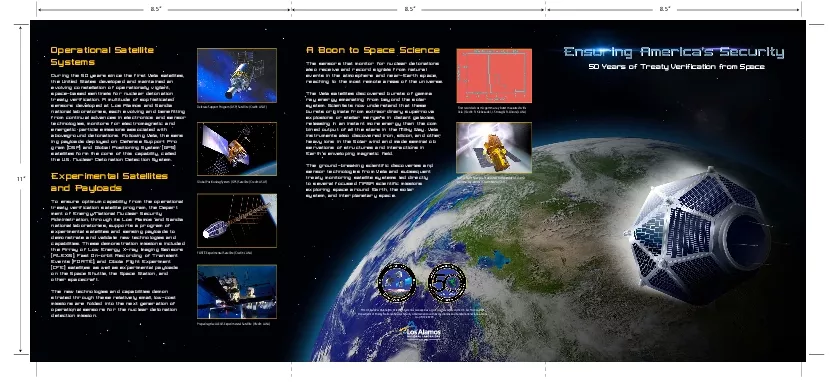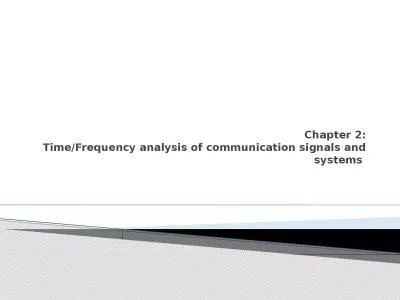PPT-Frequency assignment for satellite communication systems
Author : liane-varnes | Published Date : 2018-02-24
Kata KIATMANAROJ Supervisors Christian ARTIGUES Laurent HOUSSIN 1 Contents Problem definition Current state of the art Contributions Conclusions and perspectives
Presentation Embed Code
Download Presentation
Download Presentation The PPT/PDF document "Frequency assignment for satellite commu..." is the property of its rightful owner. Permission is granted to download and print the materials on this website for personal, non-commercial use only, and to display it on your personal computer provided you do not modify the materials and that you retain all copyright notices contained in the materials. By downloading content from our website, you accept the terms of this agreement.
Frequency assignment for satellite communication systems: Transcript
Download Rules Of Document
"Frequency assignment for satellite communication systems"The content belongs to its owner. You may download and print it for personal use, without modification, and keep all copyright notices. By downloading, you agree to these terms.
Related Documents

